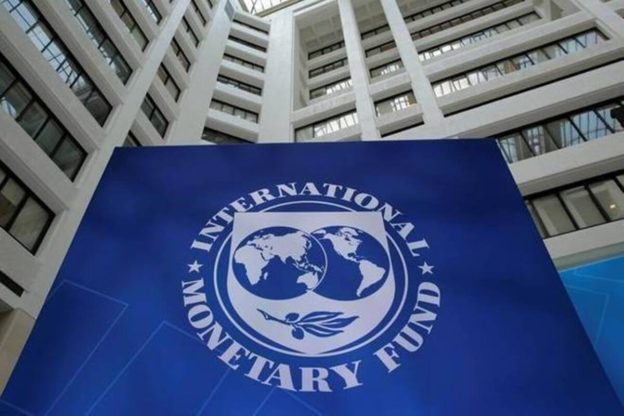After the pandemic broke out in early 2020, the Centre’s ballooning deficit in FY21 pushed its debt-to-GDP to also reach over a 15-year high of about 61.6%.
India will likely have a stable debt-to-GDP ratio going forward even as public debt as a ratio to GDP soared across the world during Covid-19 and is expected to remain elevated, the International Monetary Fund (IMF) said.
India’s general government debt (Centre and states) to GDP, which was 67.1% in FY14, rose sharply to 88.5% in the Covid-hit FY21, before declining to 83.1% in FY23. It has projected India’s debt to GDP to remain around 83.6% till FY28, according to IMF’s April Fiscal Monitor report.
After the pandemic broke out in early 2020, the Centre’s ballooning deficit in FY21 pushed its debt-to-GDP to also reach over a 15-year high of about 61.6%. With states’ finances also worsening, the general government debt to GDP reached about 89% in FY21. Since then, it has started to moderate gradually.
According to IMF’s Fiscal Monitor report, public debt as a ratio to GDP has soared across the world during Covid-19. In 2020, the global average of this ratio approached 100%, and it is expected to remain above pre-pandemic levels for about half of the world, it said.
“In countries like India, we project the stable debt ratio going forward. Brazil we see an increase as well. In the case of many, low-income countries and smaller advanced economies, we project the decline in the debt ratio and that would include Germany or Italy and others,” Paolo Mauro, Deputy Director of the IMF Fiscal Affairs Department, told PTI.
“We reached the peak at the end of 2020 of 100% when it comes to the ratio of public debt-to-GDP. In subsequent years there was a recovery and globally at the end of 2022, the debt-to-GDP ratio was 92%. Our baseline projection is for the global public debt-to-GDP ratio to reach 100% again by 2028,” he said.
High public debt ratios are a significant concern for policymakers, particularly in light of tightening global financial conditions, weak economic growth prospects, and a stronger US dollar.
The recent rise in sovereign debt holdings of domestic financial institutions, particularly in emerging markets, has further exacerbated the costs of high public debt, including by limiting the resources available for domestic institutions to lend to the private sector and by aggravating the risk of adverse sovereign-bank feedback loops.
https://www.financialexpress.com/economy/india-to-have-stable-debt-to-gdp-ratio-imf/3044692/





